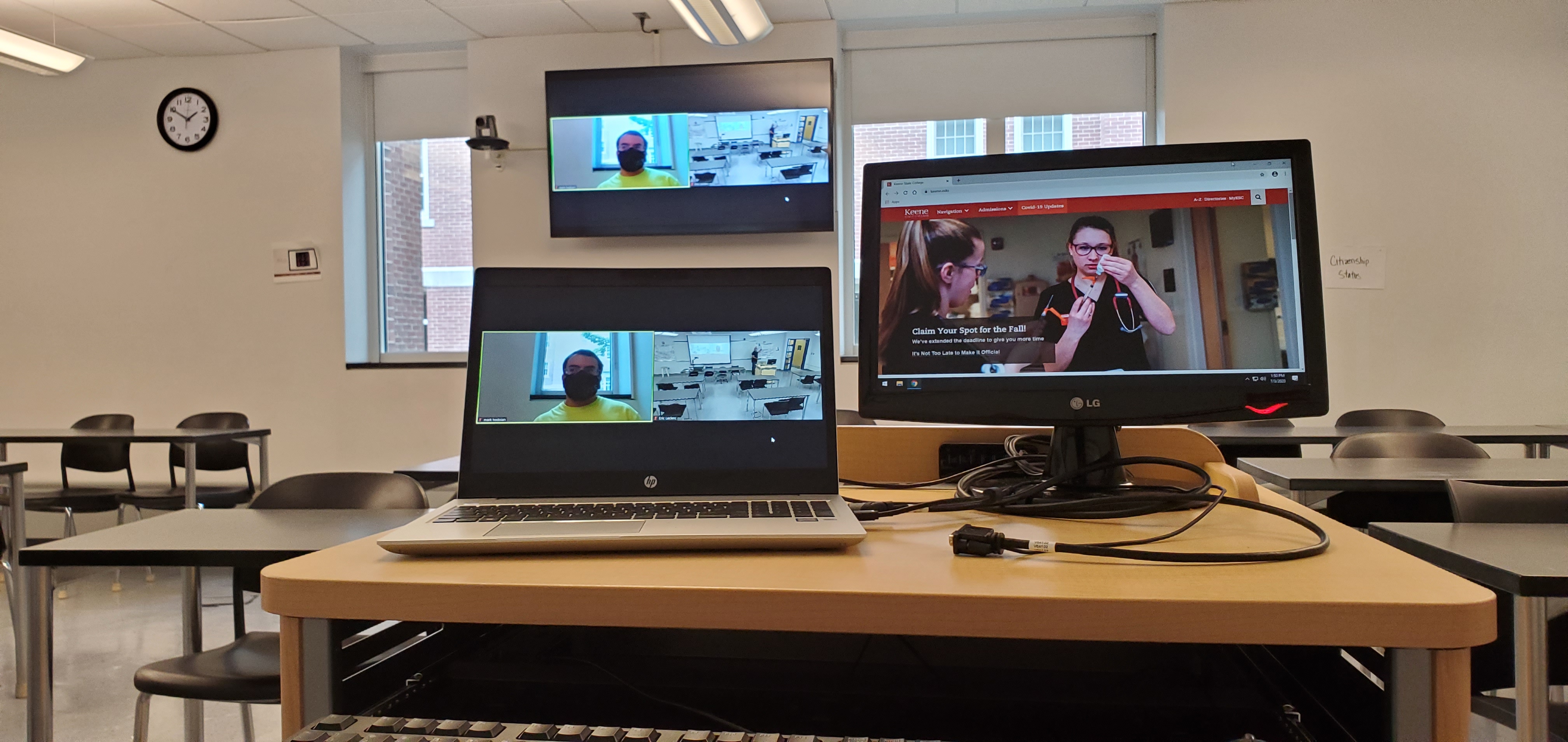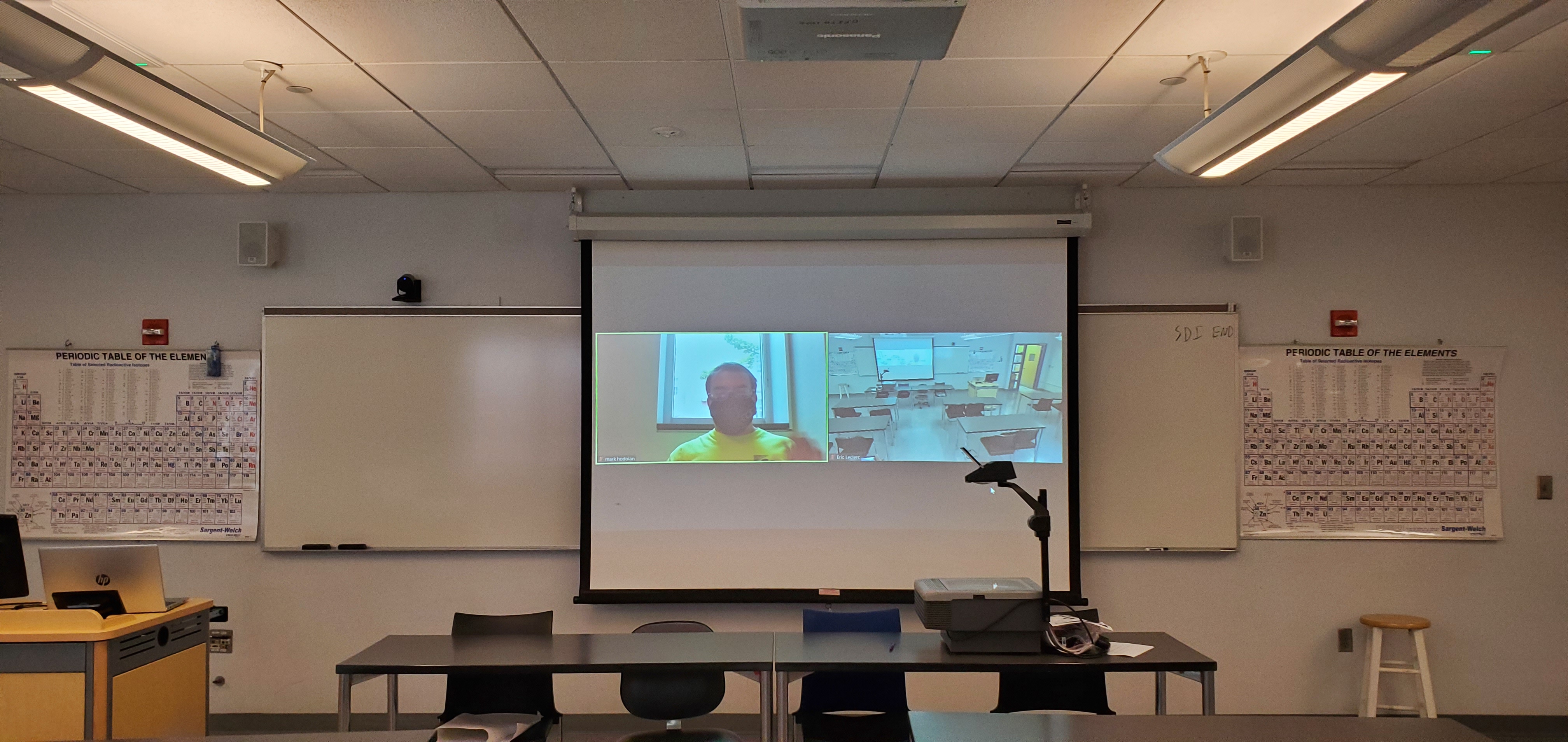Every commercial market has been rattled by the COVID-19 pandemic, but changes in the education sector have been particularly dramatic. Millions of college students were sent home abruptly in March, forcing some schools to refund room-and-board fees and reduce tuition rates. Hiring freezes, budget cuts, and staff furloughs are causing widespread concerns. New data from the Brookings Institution reveals that public universities in particular are “highly vulnerable to state budget cuts, and yet they are particularly critical to the health of local economies.”
What will college campuses look like in the fall? It depends on whom you ask. Yale University is inviting students back to campus with strict public health protocols and social distancing measures in place. Schools like the University of Massachusetts Amherst are offering flexible and HyFlex (hybrid-flexible) course design models; students can choose whether to return to campus or stay home. Princeton will limit students on campus to one semester and discount tuition. Then there are the hundreds of schools, from Harvard to Holyoke Community College, that plan to stay fully remote until January 2021. As schools scramble to adapt to their new realities, AV integrators are also finding their footing. How are university AV managers and their integration partners navigating the changes? Are there any silver linings in the higher ed AV forecast?
Remote Was Already Trending, But Not at This Scale
According to Jim Salvatore, CTS, sales manager, CCS New England, the quick shift to remote instruction in March accelerated a trend that’s been growing in popularity for years. Colleges and universities have been updating classrooms with lecture capture kits and distribution hubs to support remote learning and flipped learning. Very quickly, though, “with the events that unfolded due to the pandemic, a three- or a five-year plan became a two- or three-month plan,” Salvatore said.
All at once, there was an overwhelming need: If students could not physically be in classrooms and lecture halls, institutional leaders had to craft plans quickly to provide support for and access to remote learning to keep colleges operational. Other aspects of college life, such as advising, internships, and telehealth, also had to be remotely accessible.

Salvatore noted that some universities were better prepared than others for the online transition, but most schools had “already built a proof of concept of what they wanted,” he said. “The products didn’t necessarily change with regard to what we were doing last summer, or when we set up the rooms, but the scale, size, and the number of rooms has greatly multiplied.”
He observed that in a typical semester or year, a few classrooms might be updated or a few smart rooms would be deployed, but now, “all of a sudden, they want to do all of their rooms and get everything ‘remote-ready.’”
Early Auditing, Solid Planning

University of Southern California (USC) was a step ahead of the online migration thanks to AV specialists like Joe Way, Ph.D., CTS, director of learning environments. As Way explained, “Our team began auditing and upgrading all of our spaces prior to COVID.”
In fact, Way was brought onto the team to help “the reorganization and improve our classroom technologies.” That put Way in a relatively enviable position come February 2020, with a budget and strategic plan already approved.
[USC Makes Campus-Wide Pivot to Hybrid Learning]
Similar to Salvatore, Way said that the COVID-19 pandemic hasn’t changed the nature of AV on the college campus, but it has altered rollout speed and the scale of solutions. “We’ve ended up actually increasing our spaces,” he stated. “We are busy right now, even without students on campus this summer, because we’re adding another 100 spaces.” From huddle spaces, to AV-rich lobbies, to hybrid and Zoom rooms, Way’s AV team will support teachers and students—both virtually and on the USC campus this fall.
New Opportunities
The pandemic has normalized new technologies and helped socialize a new crop of users. According to the MIT research report COVID-19 and Remote Work: An Early Look at U.S. Data, nearly half of the U.S. labor force is now working from home. This statistic translates into higher education as well.
Way said, “One of my worries, when I was planning [last year], was ‘How am I going to socialize people to use Zoom in the classroom or to use the Zoom app, especially faculty who don’t like technology?” With the reliance on HyFlex and remote instruction, platforms like Zoom are becoming more familiar. New opportunities will emerge as user confidence grows. Way expects questions to evolve from “How do I start an account?” to “How can I create breakout rooms and make this more interactive for smaller groups?”
[Distance Learning Technology Prepares Pepperdine University for Fall 2020 Semester]
Similarly, how can success with one client engender new conversations? What departments, buildings, or graduate programs might benefit from deeper dives into online educational possibilities?
Growing Pains
Videoconferencing, cloud solutions, and remote collaboration technologies continue to improve. There are also better in-ceiling microphones and auto-tracking cameras. These advances mean integrators should be nimble and make education a priority, said Salvatore. “It’s less ‘tech support’ right now, and it’s more about product education. We are doing more remote demos and offering service packages to a lot of our clients.”
Because of the sheer number of rooms that need to be upgraded now, compounded by the remote mandate for schools through 2021, there will be a swath of novice users who will need support. University teams should be ready for the growing pains associated with new technology deployed at scale. Selecting user-friendly AV is essential to reduce potential help desk tickets.
Scalable Solutions

Universal access and “realistic” AV are crucial considerations as classrooms adapt. If a remote student logs into a live class via their LMS or VC platform, the student should still feel like an integral part of the experience, not an outsider. Success is more than giving the student the ability to hear the professor and see the whiteboard. As Salvatore explained, “Remote learners should be able to hear and see the instructor, but also the other students who might be asking questions, wherever they are in the room” or online. This framework applies to auto-tracking cameras, auto-cropping software, and interactive systems that let students share and collaborate in real time or asynchronously.
For hybrid setups designed to support students in the classroom and remote learners, consider scalable, network-ready microphones for full room coverage as well as targeted zone coverage.
Artificial intelligence is also proving to be a useful complement in AV installs. Way noted that he’s used the Huddly AI-powered videoconference cameras in USC classrooms because of their ease of setup, ease of use, and reliability.
Bottom line: Virtual learning should “feel” as close to being in the classroom as possible. A sense of immersion will also sustain long-term retention—keeping students engaged and curious after many months of online learning. Students should feel as invested in and connected to their coursework, classmates, and the learning experience as their onsite counterparts.

